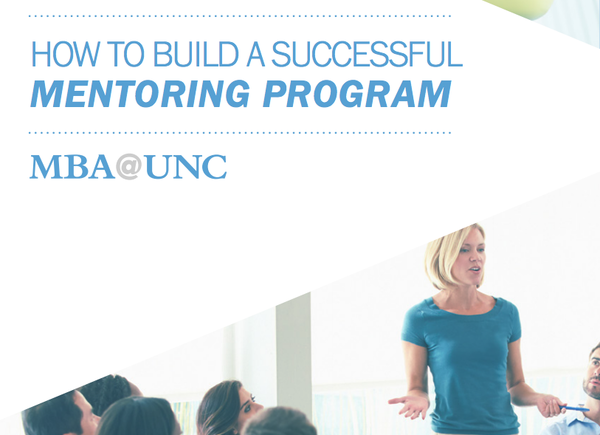In past year, I’ve begun volunteering with an amazing DC-based non profit called LearnServe International. LearnServe offers an after-school entrepreneurship training program that prepares high school students to be social entrepreneurs. As a mentor for students in its Incubator program, I work with fellows to help put their ideas into action. Not only have I been able to share my knowledge with students as they look to promote their businesses and build strong networks of influencers, I’ve learned so much about what being a mentor is. It’s definitely more than just volunteering one’s time; it’s about being apart of something way bigger than yourself.
But mentoring shouldn’t only be for high school students. No, the benefits of mentorship go far beyond educational institutions and can be implemented by anyone from multi-national corporations to small businesses, in groups or individually. I recently came across “How to Build a Successful Mentoring Program” a guide that offers practical tips for developing and implementing both one-on-one and group mentoring programs.
The guide developed by the MBA program at the University of North Carolina serves as template for integrating mentorship programs into your company or team. It can be as formal or as casual as you need it to be, as long as it’s meeting the needs of its participants — mentorship is about providing support and resources necessary to help someone else succeed, after all.
So what are you waiting for? Whether it’s taking a colleague out for lunch and asking how you can help or establishing a formal program where senior members are partnered with newer employees, mentoring can provide an opportunity for knowledge to be shared, networks to be built and the path way to success navigated.

